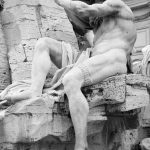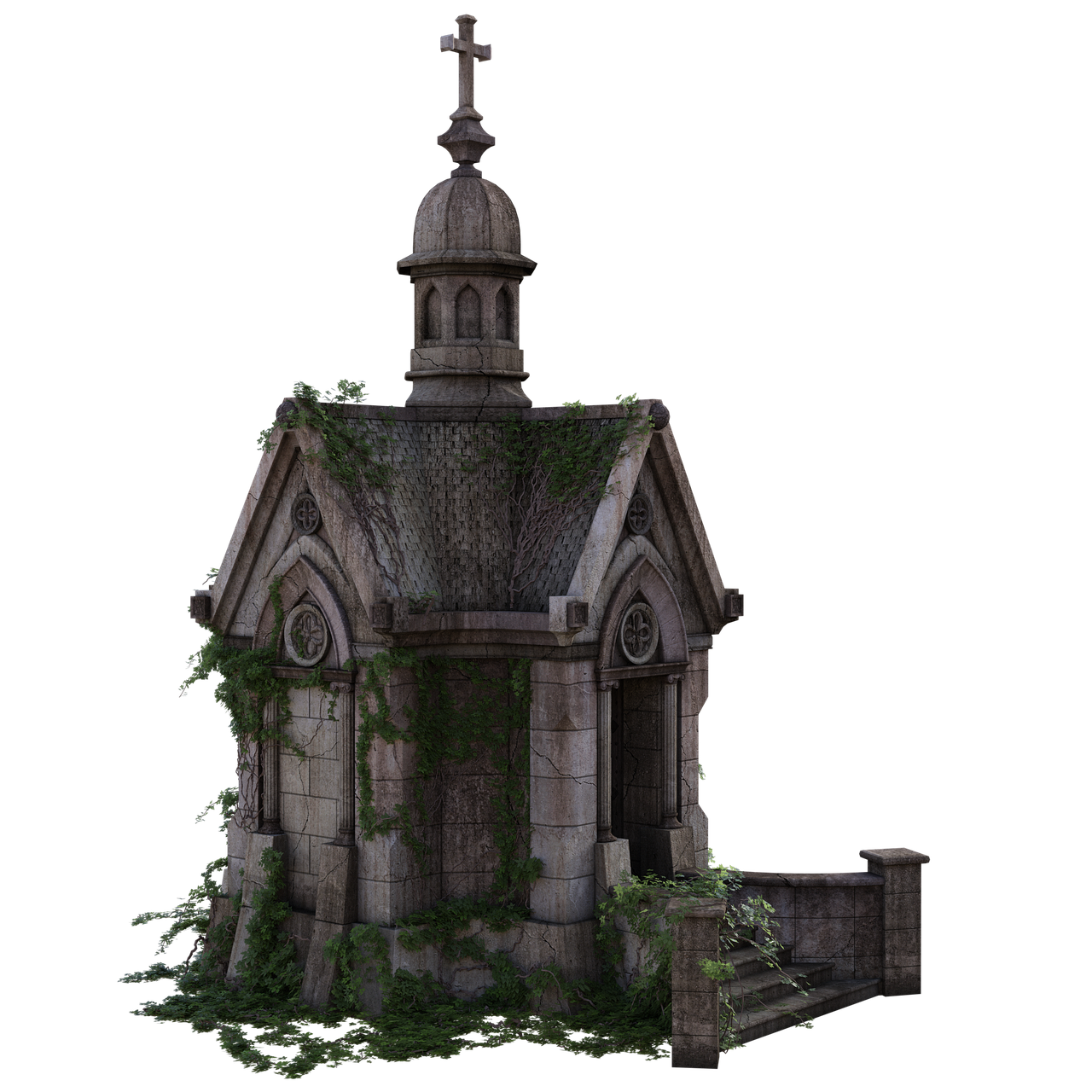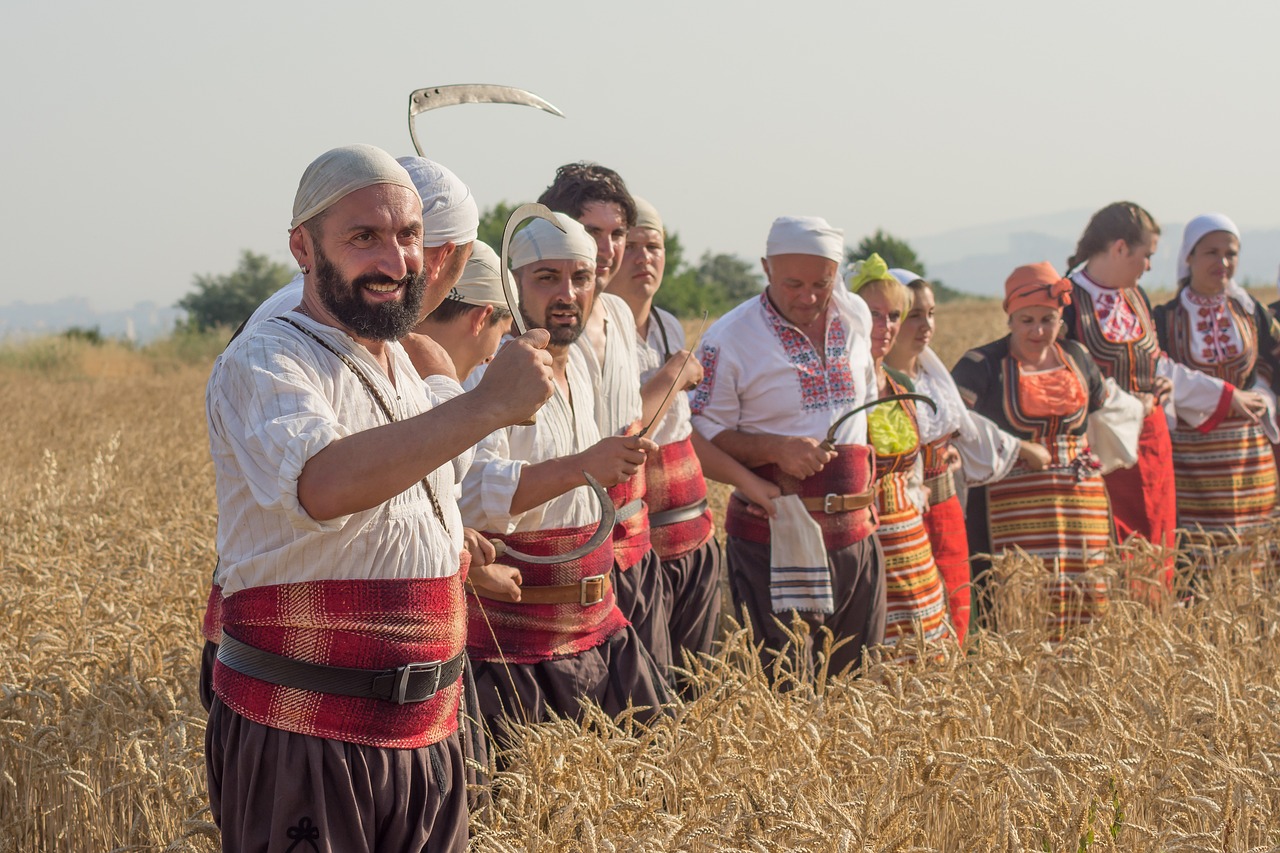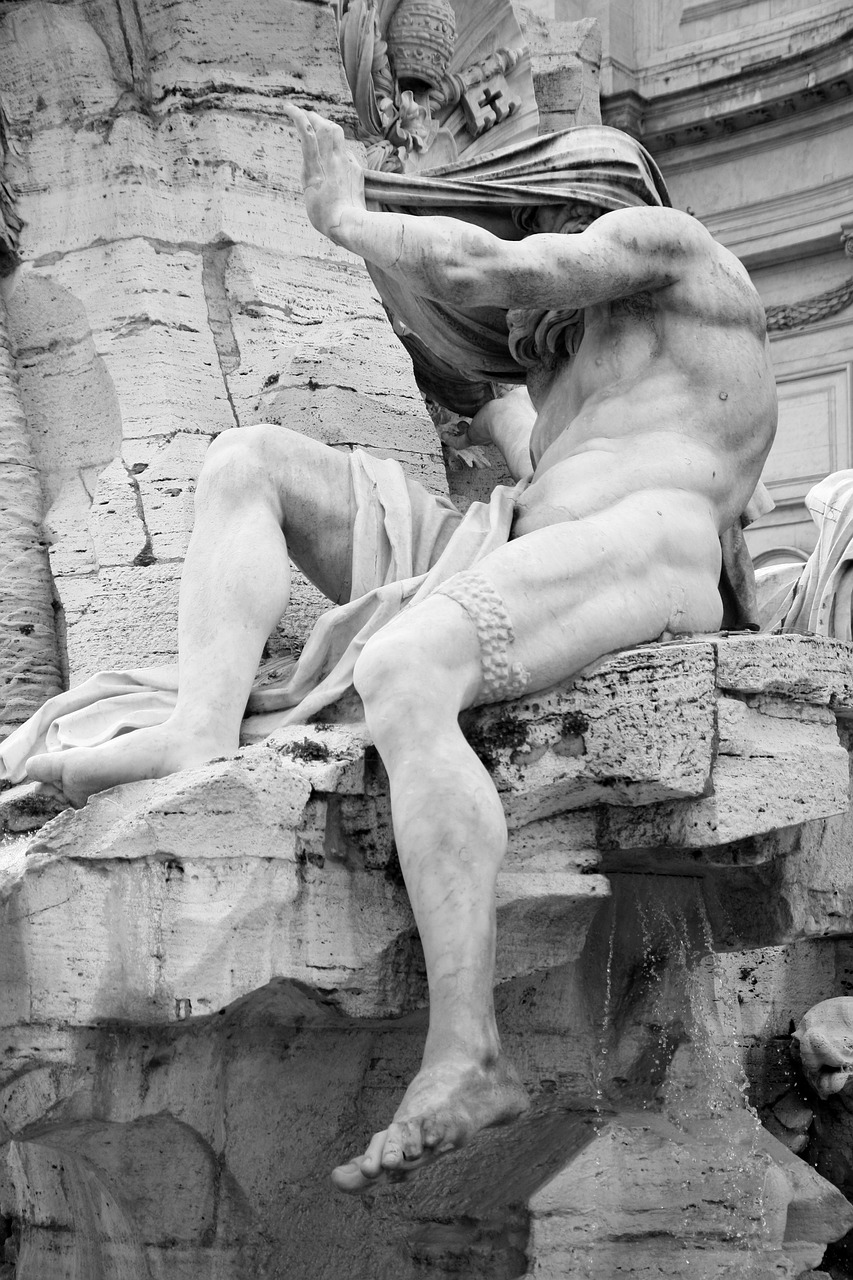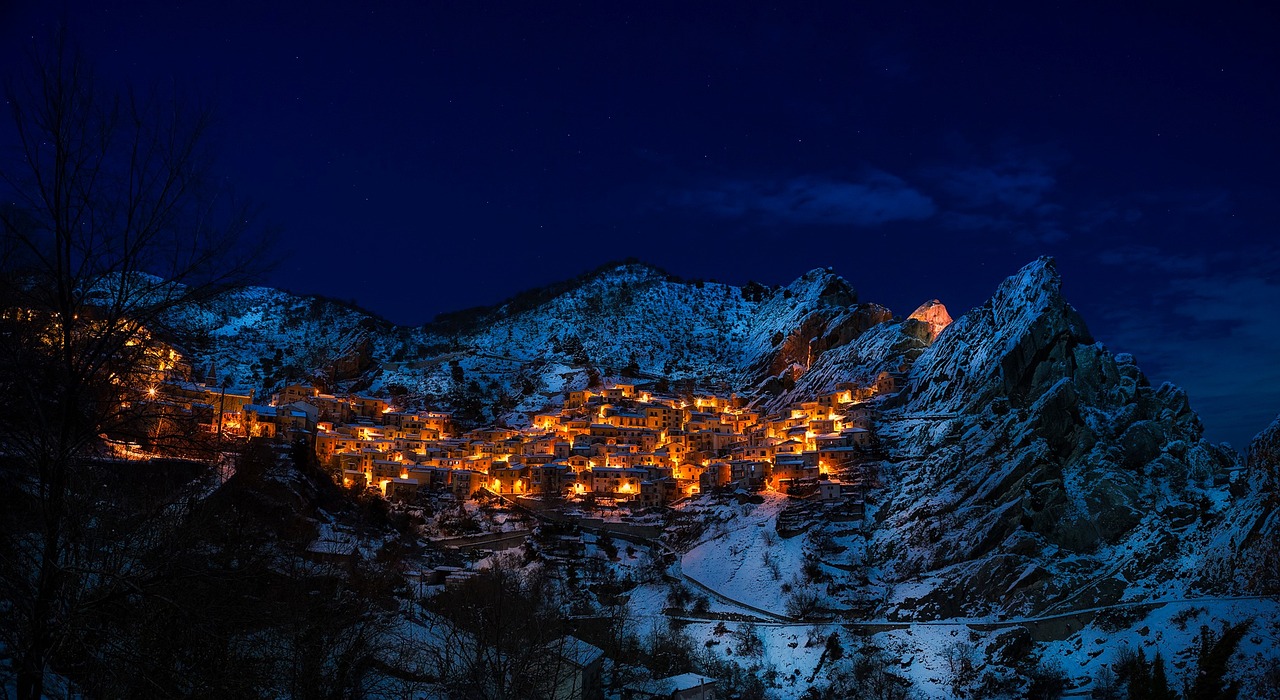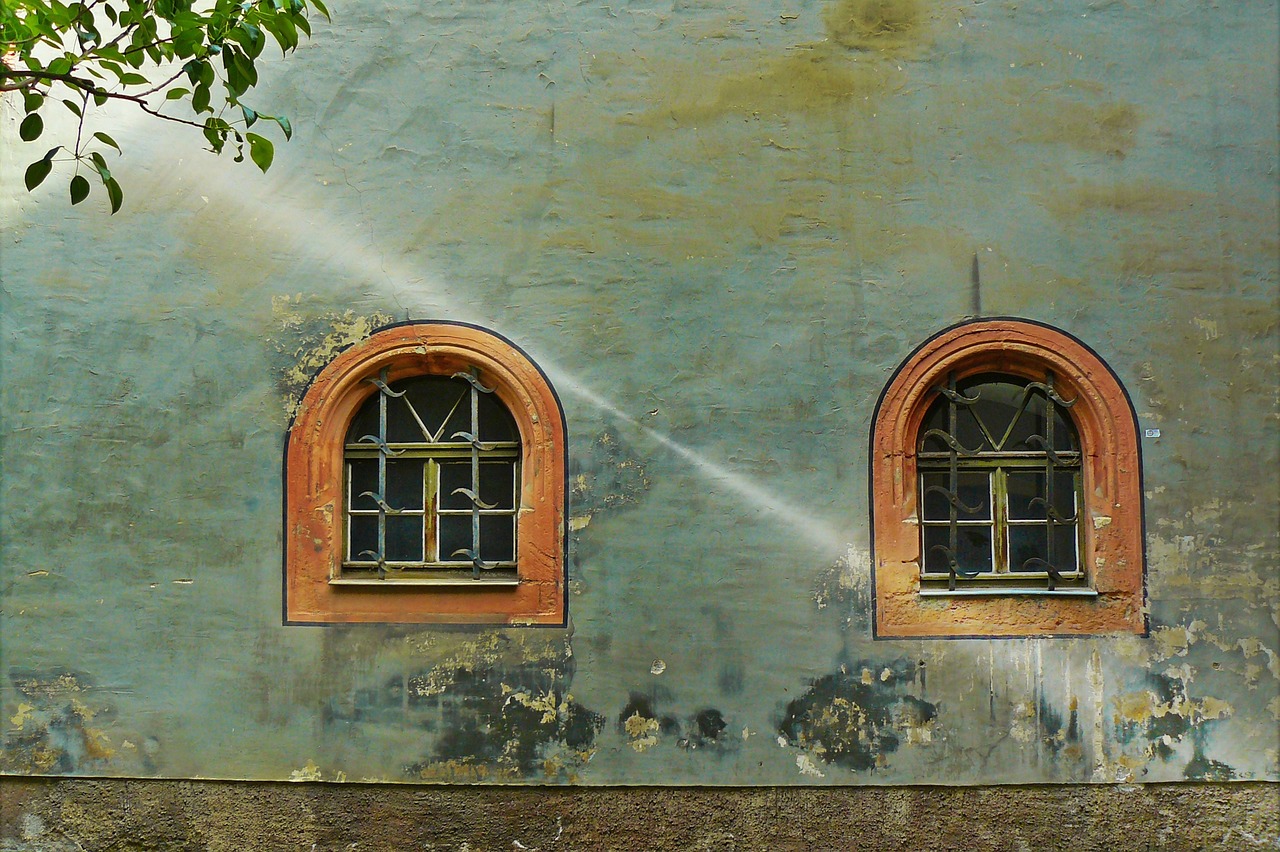Prepare to be transported back in time as we embark on a captivating journey into the depths of history.
Nestled in the charming village of Aleksandrovo, the enigmatic Aleksandrovo Tomb stands as a testament to the grandeur and opulence of Thracian royalty. This extraordinary archaeological discovery, unearthed in 2000, offers a mesmerizing glimpse into a bygone era.
The Aleksandrovo Tomb, constructed in the latter half of the 4th century BCE, served as the final resting place for a wealthy Thracian ruler. Its significance lies not only in its historical importance but also in the remarkably preserved frescoes that adorn its walls. These unique masterpieces, depicting captivating hunting scenes, envelop the entire structure, immersing visitors in a visual feast of ancient artistry.
As we venture inside the tomb, a 15-meter corridor leads us to a rectangular chamber and a circular chamber, each revealing fascinating insights into Thracian culture and beliefs. With its sprawling size, the Aleksandrovo Tomb stands as one of the largest complexes of its kind, providing an unparalleled opportunity to explore the world of Thracian royalty.
For a comprehensive understanding of this remarkable site, a visit to the Museum of Thracian Art is highly recommended. Here, an exact replica of the Aleksandrovo Tomb awaits, allowing visitors to delve deeper into the rich tapestry of Thracian history.
But the allure of this region extends beyond the tomb itself. From the ancient Mezek Tomb and the Assumption Church to the Petrified Wedding and the Paskalev House, there is a wealth of captivating attractions waiting to be discovered. To fully immerse oneself in the wonders of Thracian heritage, a visit to the Kardzhali Regional Historical Museum is a must.
Prepare to embark on an unforgettable journey as we unravel the mysteries of the enigmatic Aleksandrovo Tomb. Whether you are a history enthusiast or simply yearn for a taste of freedom, this archaeological marvel promises to captivate and inspire.
Key Takeaways
- The Aleksandrovo Tomb, discovered in 2000, is a significant archaeological find that offers valuable insights into Thracian culture and burial practices.
- The tomb is known for its remarkably preserved frescoes depicting hunting scenes, showcasing the bravery and skill of Thracian warriors.
- The tomb is one of the largest complexes of its kind, with a 15-meter corridor leading to a rectangular and circular chamber.
- The Museum of Thracian Art, an exact replica of the Aleksandrovo Tomb, is recommended for a comprehensive understanding of the site and its historical significance.
Discovery and Significance
The discovery of the Aleksandrovo Tomb in 2000 during excavations of the Roshava Chuka Thracian burial mound has provided valuable insights into the Thracian culture and the burial practices of wealthy Thracian rulers in the second half of the 4th century BCE.
The tomb’s well-preserved frescoes and unique architectural features have allowed researchers to study and appreciate the artistic and cultural heritage of the Thracian civilization.
Excavation techniques used during the discovery have contributed to the preservation of the tomb and its contents, ensuring that future generations can continue to learn from it.
The tomb’s location in the village of Aleksandrovo, along with the nearby Museum of Thracian Art and Aleksandrovo Museum Center for Thracian Art, provide visitors with the opportunity to immerse themselves in the rich history and legacy of the Thracian people.
Unique Frescoes
The frescoes in the tomb illustrate various hunting scenes, covering the entire burial complex and providing a vivid portrayal of ancient Thracian culture and artistic skill.
These unique frescoes hold great significance in understanding the symbolic meaning attributed to hunting in Thracian society. The scenes depict warriors engaging in hunts, showcasing their bravery and skill. The animals depicted, such as deer, boars, and lions, are not only representations of the Thracian’s natural environment but also carry symbolic meanings associated with power, strength, and fertility.
The preservation of these frescoes is remarkable, considering their age and exposure to the elements. It is believed that the Thracians employed various techniques to ensure their durability, such as the use of mineral pigments and protective coatings.
The intricate details and vibrant colors of the frescoes provide invaluable insights into the artistic techniques and cultural beliefs of the Thracian people.
Tourist Information
Located in the village of Aleksandrovo, the Aleksandrovo Tomb serves as a prime destination for tourists interested in exploring the rich history and cultural heritage of the Thracian civilization. For visitors planning to explore the tomb and its surroundings, it is essential to have access to accurate and up-to-date tourist information. The Tourist Information Center in Haskovo is a reliable source for obtaining information about the opening hours and contact details of the tomb. The center is open from Monday to Friday, from 8:30 am to 5:00 pm. Visitors can reach the center by contacting them through the provided telephone number: +359 38 666 444, or via email at tourism.haskovo@gmail.com and op_tic@haskovo.bg. Additionally, the official website of the center, https://visithaskovo.com/en/home/, provides comprehensive information about the tomb, including its historical significance and recommended visiting hours.
Frequently Asked Questions
What is the historical significance of the Aleksandrovo Tomb in relation to Thracian royalty?
The Aleksandrovo Tomb holds historical significance in relation to Thracian royalty due to its archaeological discoveries. It is a well-preserved burial site of a wealthy Thracian ruler, featuring unique and detailed frescoes depicting hunting scenes.
How did the tomb remain so well-preserved over the centuries?
Preservation secrets of the Aleksandrovo Tomb remain a mystery, despite advancements in archaeological techniques. The tomb’s exceptional state of preservation baffles experts, prompting further exploration and analysis to uncover the enigmatic methods employed by the ancient Thracians.
What is the significance of the hunting scenes depicted in the frescoes?
The hunting scenes depicted in the frescoes of the Aleksandrovo Tomb hold significant symbolism. They reflect the importance of hunting in Thracian society, representing power, wealth, and the ruler’s ability to provide for his people.
Are there any other tombs similar to the Aleksandrovo Tomb in the region?
Other tombs in the region, such as the Mezek Tomb, exhibit similarities to the Aleksandrovo Tomb in terms of architectural features, burial rituals, and artistic representations. These archaeological discoveries provide insights into the ancient Thracian culture and its cultural significance. The preservation techniques used in excavating and restoring these tombs have allowed for a better understanding of the historical context and comparisons to other ancient civilizations in the region.
Can visitors access the original tomb or can they only visit the replica at the Museum of Thracian Art?
Visitors can only visit the replica of the Aleksandrovo Tomb at the Museum of Thracian Art. The original tomb is not accessible to the public.


